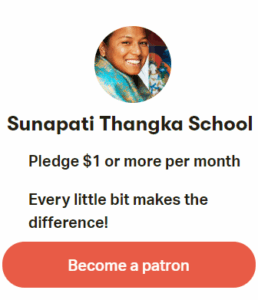Sunapati Thangka School
The Sacred Symbolism Of The Kalachakra Mandala
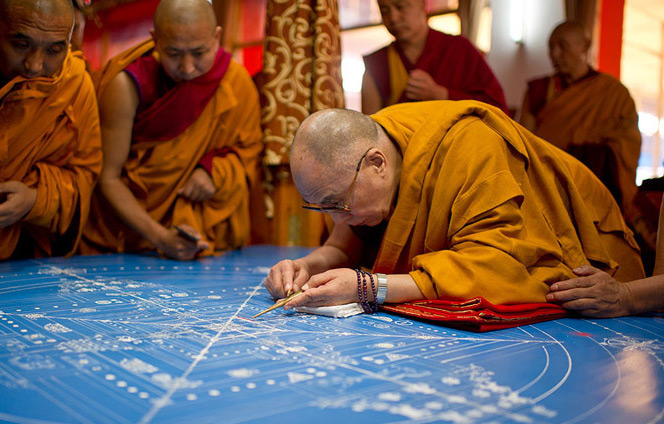
The Kalachakra mandala is definitely one of the most eye-catching thangka painting and appreciated for the symbolic elements that compose it and the visual representation of important teachings of traditional Tibetan Buddhism.
However, as explained by His Holiness the Dalai Lama, many mistaken interpretations have circulated among people who viewed the Kalachakra mandala simply as a work of art.
The Kalacakra tantra is considered the most advanced practice of Vajrayana tradition. This complex system of teachings was originated in India and incorporated into Tibetan Buddhist tradition.
The Dalai Lama himself attends to a series of rituals called “Kalachakra empowerment initiation” and the creation of the Kalachakra mandala is used as a visual textbook for Buddhist practitioners.
The Kalacakra initiation is based on the concepts of time (kala) and cycles (chakra) and, before approaching these rituals, the disciple should have acquired knowledge of the three principal aspects of the Mahayana doctrine: Samsara, Bodhichitta and emptiness.
In this article we will not examine in depth the philosophical aspects of the Tantric initiation but we will focus on explaining the significance of the symbols depicted in the mandala.
First of all it is important to know how to display the Kalachakra mandala correctly. Notice the four different colors of the main inner elements (red, yellow/orange, white and black). The mandala must be oriented with the black side facing down.
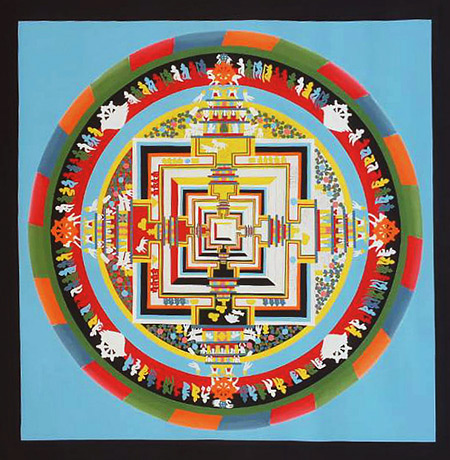
The outer ring is called wisdom circle or protective ring. It is decorated with golden flames and the combination of these colors create a rainbow that symbolize the five aspects of the primordial wisdom and the five Dhyani Buddhas.
After the space ring there are four inner rings representing the four main elements: air, fire, water, and earth.
The central part of the mandala had 3 distinct inner layers called body, speech and mind mandalas.
The geometric structure is the projection of a majestic palace with four gates and five floors.
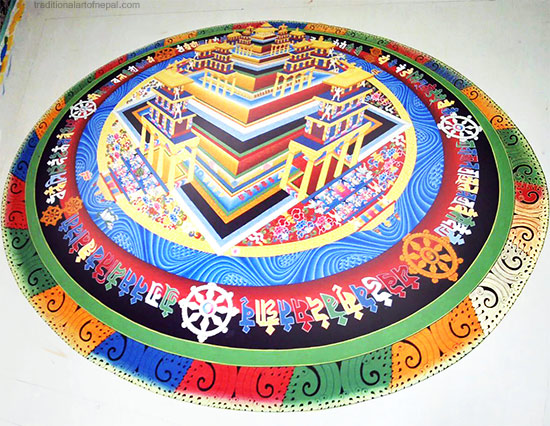
Inside the Body Mandala are represented with syllables and symbols a total of 536 deities. Twelve animals are depicted inside the main gates and protecting the outer walls, representing the months of the year.
The Body Mandala surrounds the Speech Mandala that has the same geometry and inside of which are represented 36 offering goddesses and 80 Yoginis.
The most inner part is called the mind Mandala that occupy the last three floors of the palace and homes 80 deities.
The lotus flower at the center is the symbol of the Buddha mind.
There are several design of thangka paintings of the Kalachakra mandala. In the most complex artworks two deities are depicted in the center of the mandala instead of the lotus flower.
These important deities are Kalachakra and Vishvamata depicted in Yab-Yum: the divine Tantric union that symbolize the cyclic nature of time. This is why the Kalachakra Mandala is also called the “time wheel”.
The Kalachakra Mandala is also represented with one of the most important and well known symbol of the Tibetan Tantric tradition: the Sanskrit seed syllables of the Kalachakra system known as “the mighty ten stacked syllables”.
Each syllable that compose the mantra has a different color and they are represented all interconnected on top of a lotus flower and surrounded by a ring of fire.
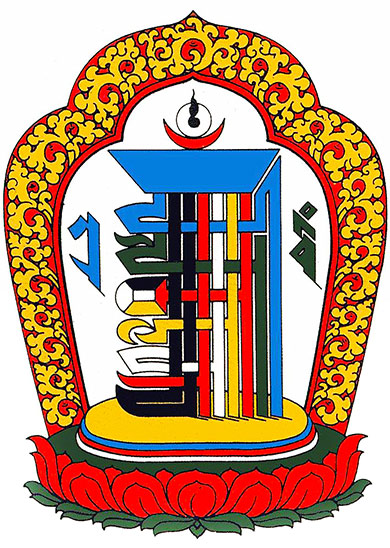
To meditate on the mandala and recite the Kalachakra mantra bring peace of mind and benefits for all sentient beings.
The powerful Kalachakra mantra is spelled: Om Ham Ksha Ma La Va Ra Ya Sva Ha.
Namaste.
Murals of Tibet: Buddhist Art Revealed For The First Time
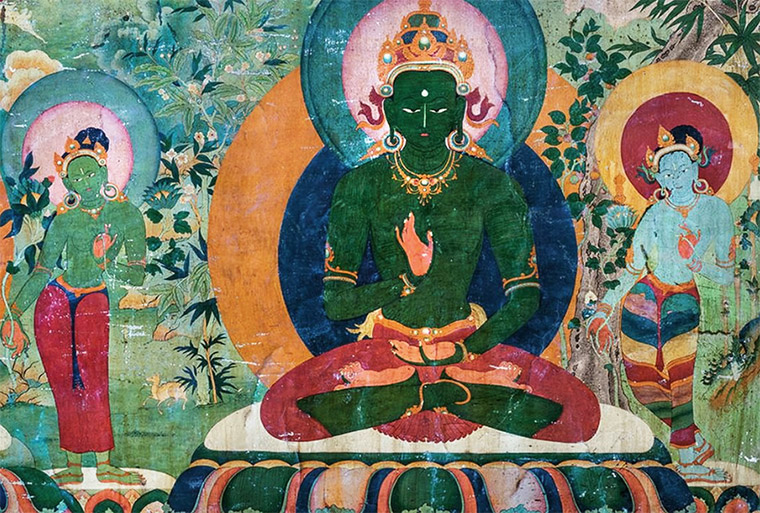
Murals of Tibet – Amoghasiddhi (early 17th century) © Thomas Laird, 2018 / TASCHEN.
Recently Taschen published an outstanding book called Murals of Tibet , featuring the work of photographer Thomas Laird.
The book assembles amazing photos of murals preserved in monasteries and temples in Tibet taken by Laird in 10 years.
Thanks to a sophisticated photographic technique, it was possible to capture the complete murals with copious details of these precious and extraordinary masterpieces.
This collection is the world’s first archive of murals of Tibet illustrated in life-size resolution.
We were overwhelmed by the beauty of these amazing Buddhist artworks and wanted to share with you some of the photos that have been released.
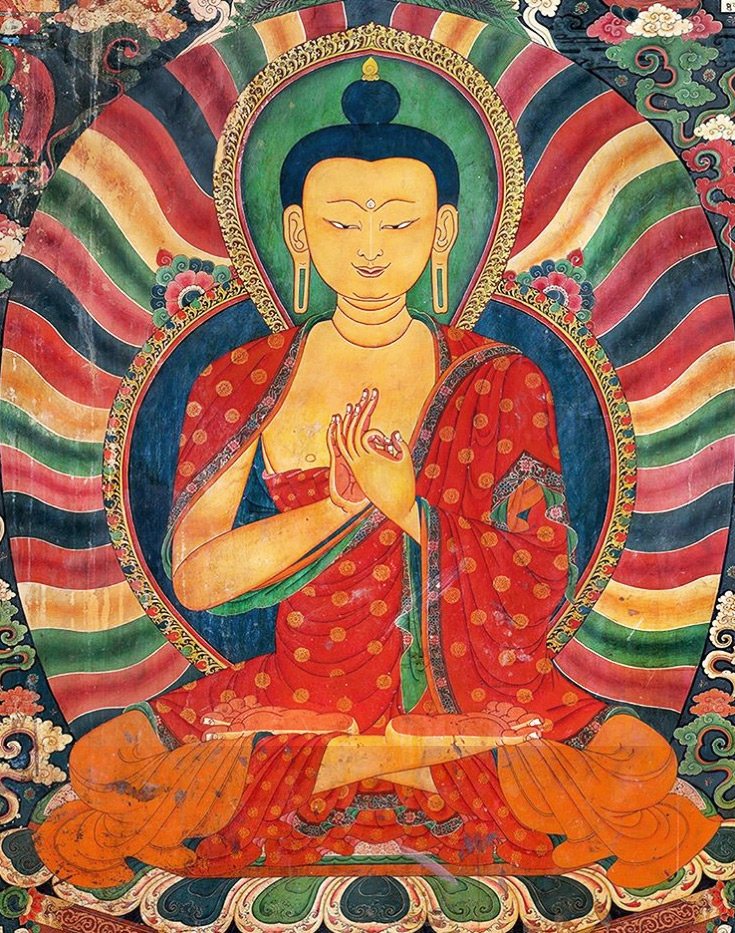
The Buddha displayed on the book cover.
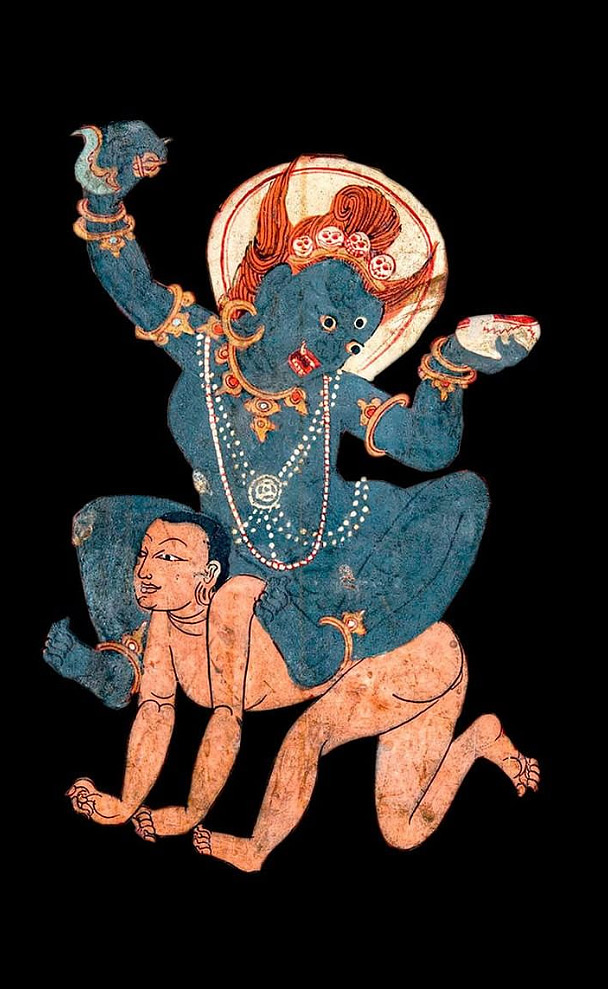
Interesting iconography.
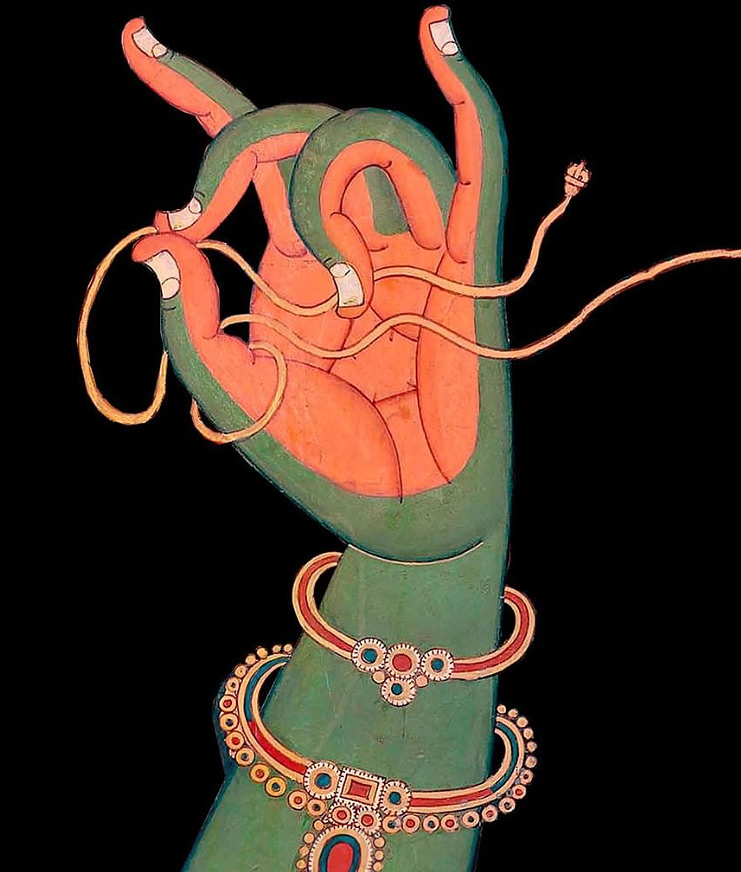
The book is signed by His Holiness the 14th Dalai Lama.
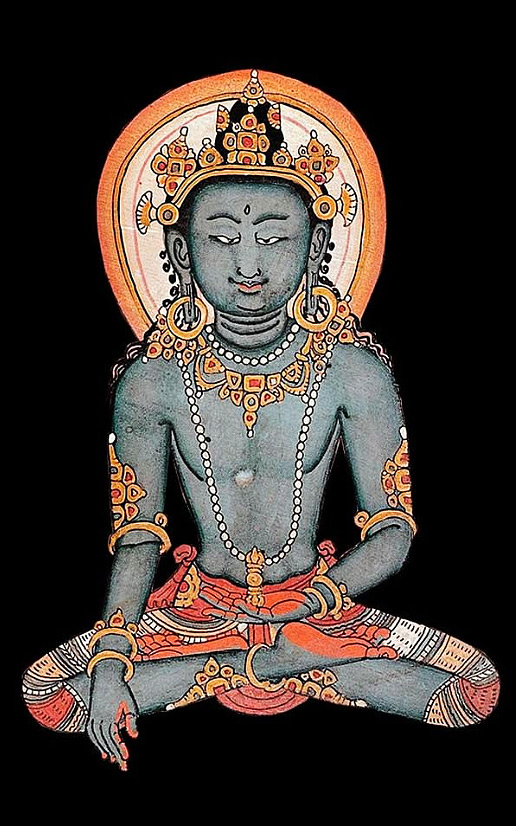
Another beautiful page of the book.
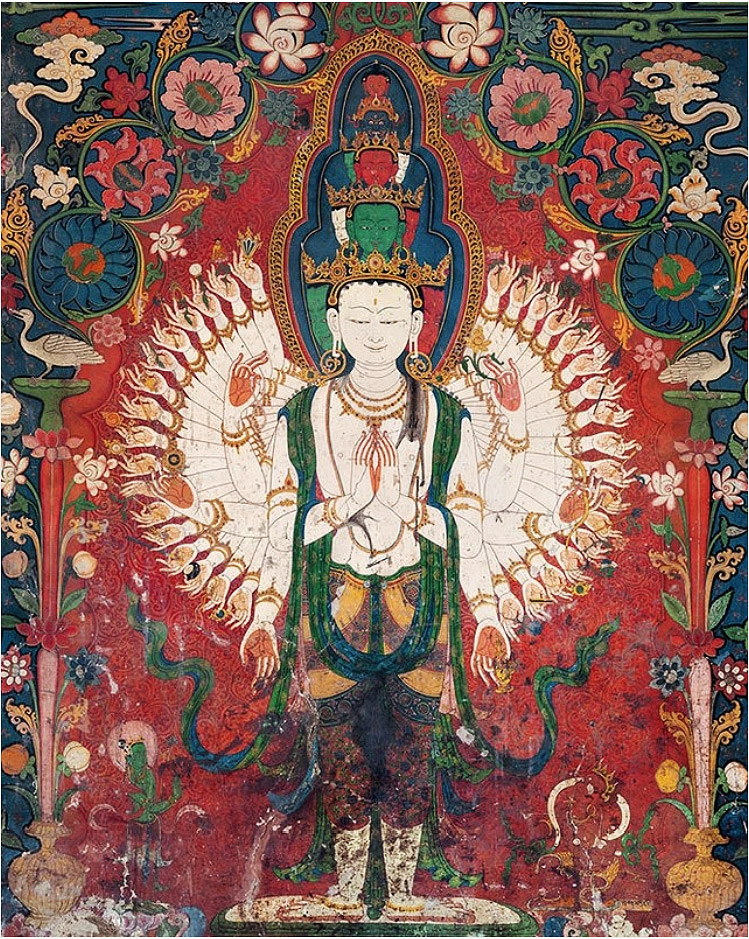
Amazing details of another precious artwork.
Murals of Tibet is quite expensive but, if you have the resources, you can find it at Taschen.com. Click on the book cover to read more or to order the book.
Namaste.
Changu 3 Years After: How a Village in Nepal Slowly Recovers
Today is the third anniversary of the devastating earthquakes that killed nearly 9000 people and changed the life of everybody in Nepal, as we are still struggling with its consequences every day.
We look today at the pictures of our village after the earthquake and we can see how our small community managed to recover even if several houses are still damaged or under construction.
Little by little the number of tourists visiting Changu Narayan is increasing.
We are very happy to see more people entering our workshops and learn how to create mandala and thangka paintings or traditional Himalayan wooden masks.
This is really important for our art school, especially for the younger student artists that have the opportunity to improve their english while learning side by side with foreigners.
Despite the good numbers registered by the tourist sector, many people in our village and villages nearby, mostly farmers, are still struggling.
Three years ago we decided to use TraditionalArtofNepal.com to help our small community by donating a generous amount of each sale coming from this website.
We are glad of the support we received during these difficult years and we are all truly grateful of the generous contributions of all our customers. Thanks to you visiting the website and purchasing our works of art we funded several projects to build shelters, fixing and restoring houses, providing necessary goods to homeless and people living in rural areas. We also financed several activities like IT classes for kids, village and forests cleanups and workshops to support and empower women in our village.
If you are not familiar with these projects please visit: kaygarnay.org and dada-home.org.
Yet there is a lot of work to do. Even in western countries it takes years if not decades to rebuild after a natural disaster of these proportions. So considering the economic situation of our country, the greed and incompetence of the same old politicians and the high level of corruption, it is reasonable to say that we are still at the beginning of the recovering process.
The good news is that despite the difficult circumstances people here keep smiling and always show hope and optimism, and we are proud to be part of all this.
If you would like to contribute please share our website with your friends to support our art school and help our community to restore our village.
Again thank you to all our dear customers that make this possible.
Namaste.
Let’s Build a Home for a Young Family

Deepak Pariyar and his wife Anita, like many others, have lost their home to the earthquakes in April, 2015. Since then, they have been living in a corrugated metal hut together with their six month-old baby girl and two teenage brothers.
Their hut consists of just two small rooms and two beds which they all share. They are constantly exposed to extreme weather conditions, dust, humidity, mosquitoes and rodents, making it very unsafe especially for their baby girl, Anju.
Another worrying factor is the upcoming monsoon season. The past monsoons have eroded the knoll of the land where the shed lays and the family doesn’t think that the hut will be able survive another monsoon.
Unfortunately, the young family doesn’t have much support. Deepak and his brothers have lost their parents and the family isn’t eligible for government funding. Nonetheless, the family is trying their best to change their situation. They have bought some material to start building the house but without any help they will not be able to finish the house before the next monsoon season.
So we want to help!
We believe that no family should live in these conditions and surely you think so too. To give you a brief glimpse of what your donation to Dada-Home.Org can buy:
-EUR 0,15 for a clay brick.
-EUR 15 for a sack of cement.
-EUR 150 for a truckload of sand.
The type of house we will build will depend on the amount of donations we will receive as well as on the specific needs of the respective young family. Generally, we wish to raise at least an amount of EUR 4500, as that will usually enable us to build a simple house with a strong foundation that can be extended later and provides a roof, a toilet and the necessary living space.
We will donate 25% of every order we receive this current month to the project.
We understand that not everyone is in a position to donate money, however, you can still help these young families by simply spreading the word.
So tell your friends, family and colleagues about Dada Home Org and our fundraisers.
You can share our Facebook page, recommend our website via email or tweet about us.
Thank you.
How To Order
- Browse our catalog and choose your favorite design.
- Select your preferred size and quality to check the price.
- Click on “Product Inquiry” to send us a message and we will check if we the artwork is immediately available. If not we will make it for you.
- Use the cart page to calculate the shipping cost by selecting your country.
- Once we receive your order we will start creating the artwork according to your preferences and provide you with updates and images upon your request.
We strive to ensure a smooth shopping experience with our assistance. We also welcome commissions of custom designs of thangkas, masks and mandalas.
Shipping and Payments
We offer trusted shipping options to ensure your purchases arrive in perfect condition, and delivered in 5 to 10 working days worldwide. We accept PayPal, debit/credit cards and bank wire transfer services.
About Our Community
We live in Changunarayan, a UNESCO heritage site located on a forested hill overlooking Bhaktapur and the Kathmandu valley. You are welcome to visit our art school and meet our community of artists and artisans.
Learn More About Our Thangka School And Workshops
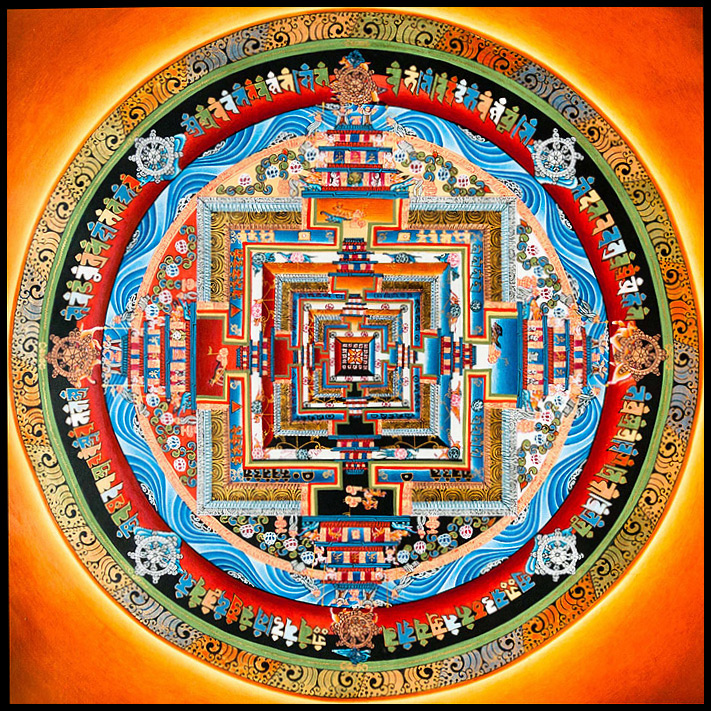
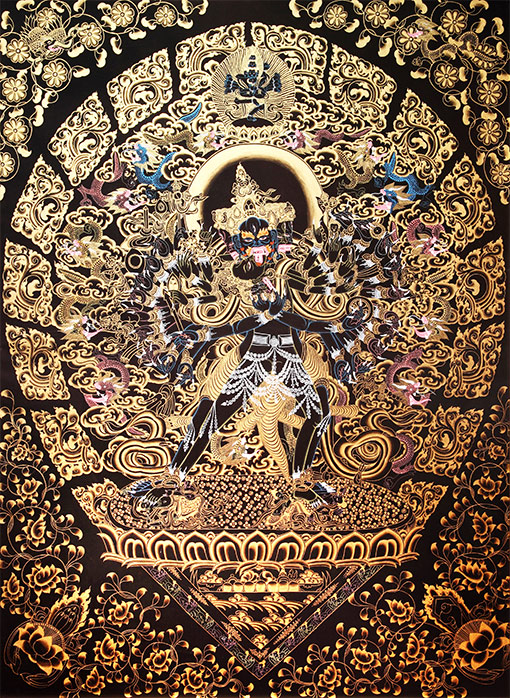
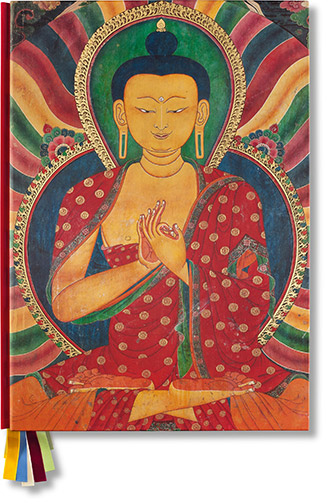
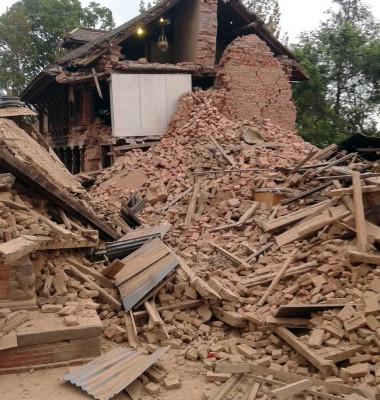
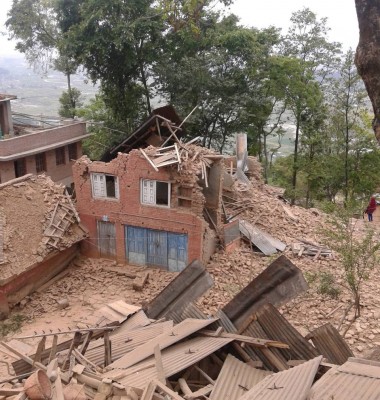
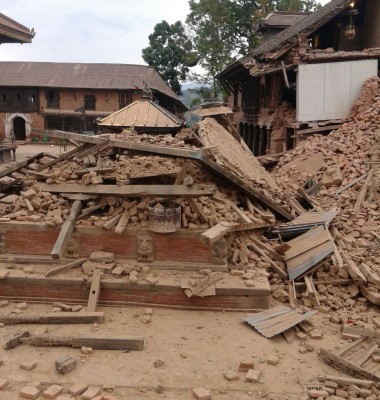
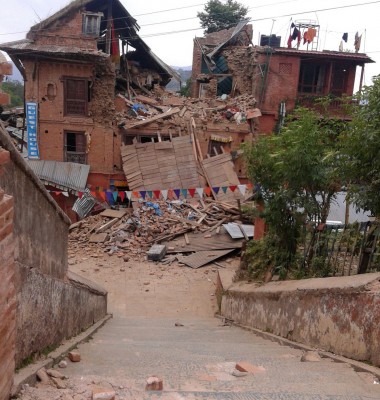
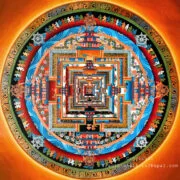 Kalachakra Mandala
Kalachakra Mandala 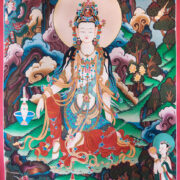 Quan Yin Thangka
Quan Yin Thangka 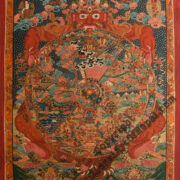 Wheel of Life 2
Wheel of Life 2 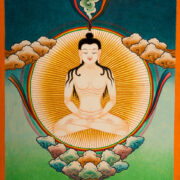 Tapihritsa Bon Yogi
Tapihritsa Bon Yogi 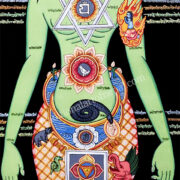 Chakraman Yogi
Chakraman Yogi 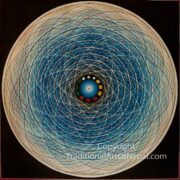 Universe Om Mandala
Universe Om Mandala 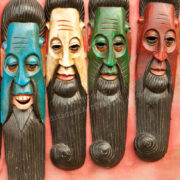 Sadhu Baba Masks
Sadhu Baba Masks 